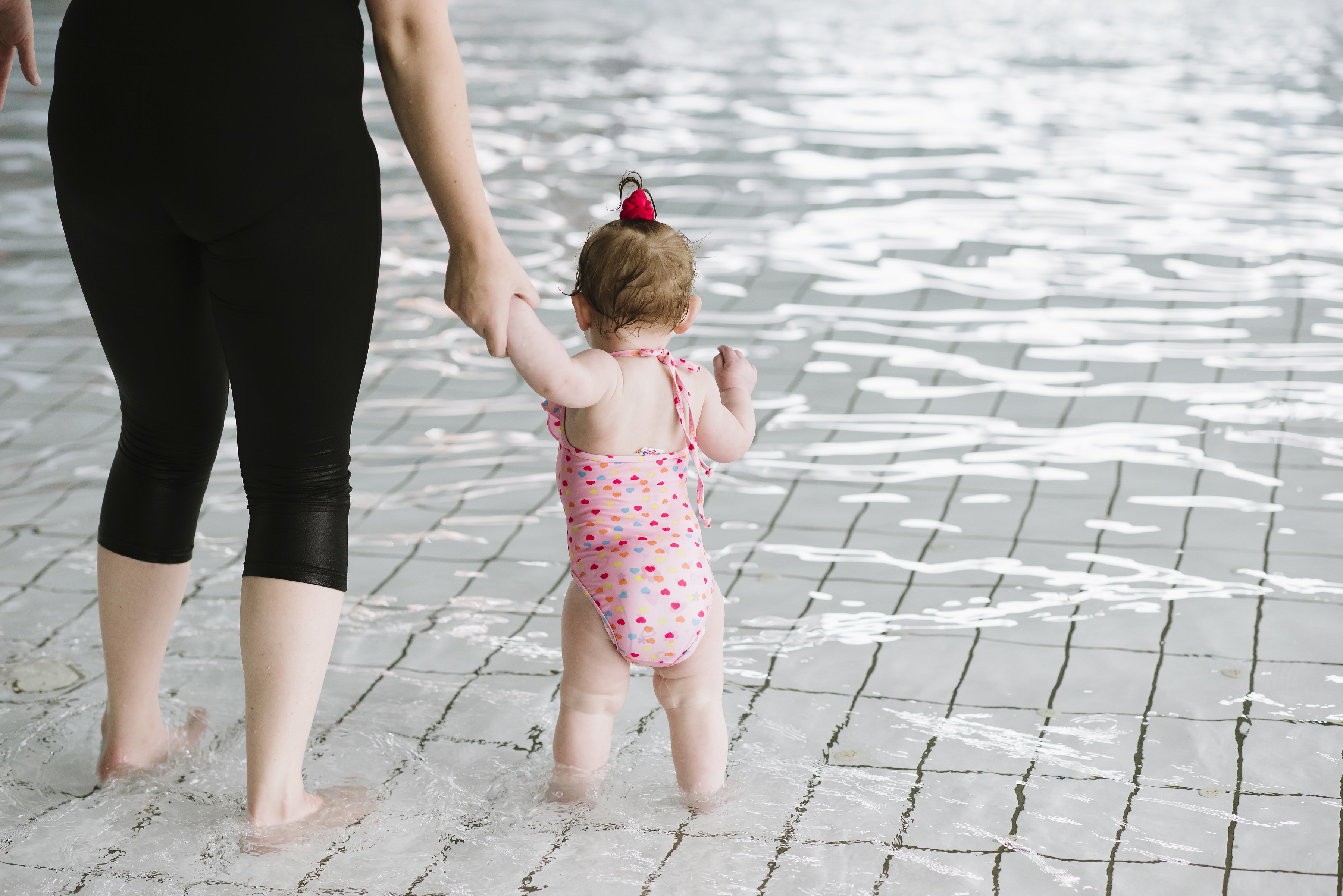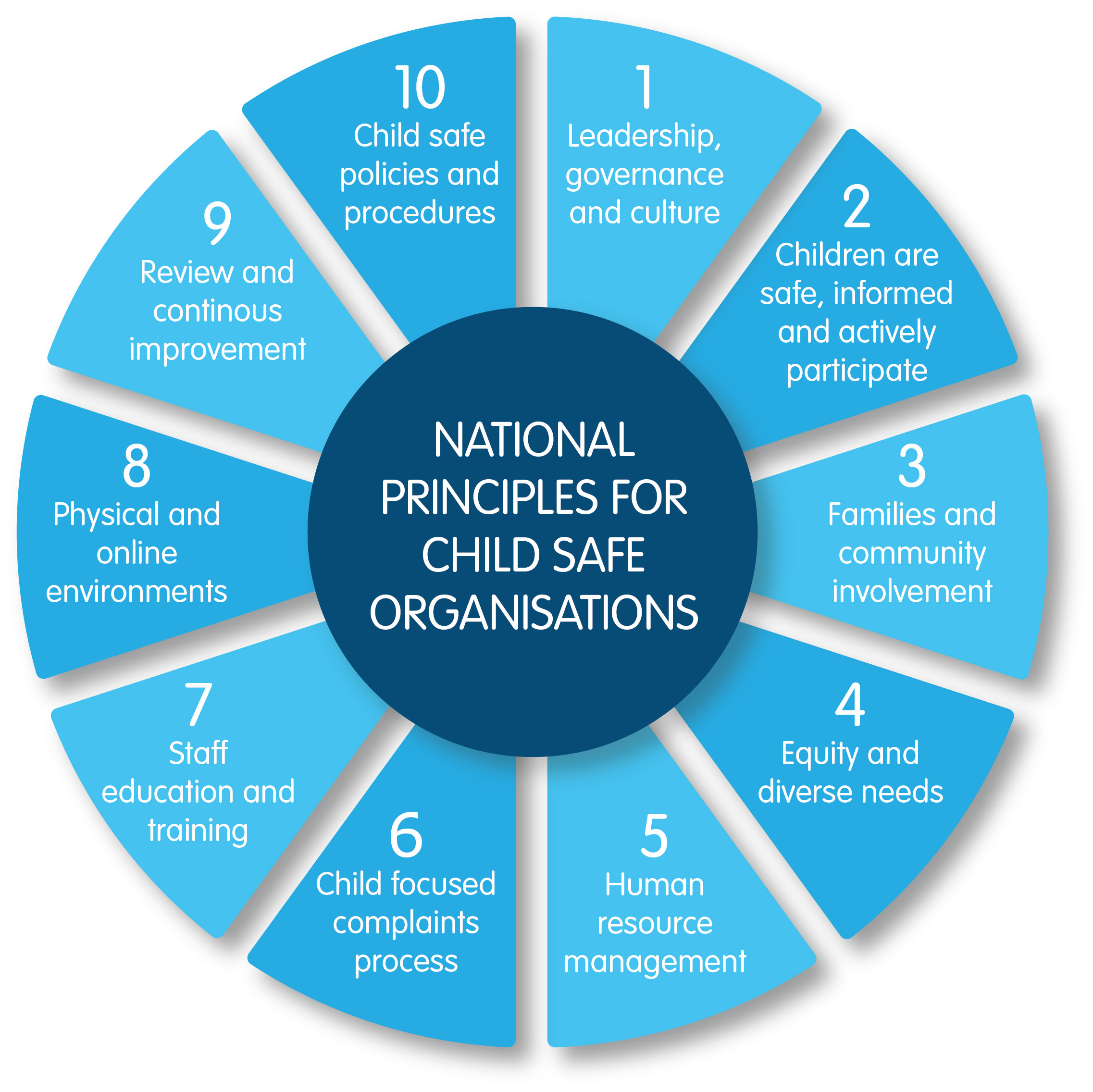Published 27 May 2022

As we approach the ten year anniversary of the Royal Commission into Institutional Responses to Child Sexual Abuse many States are revisiting their child safety legislation.
The Royal Commission investigated child sexual abuse in institutions, how these institutions responded, and what makes an institution or organisation safe for children and young people.
It found that organisations need to provide an environment where children feel (and are) safe, protected and respected. Organisations also need to make sure staff and volunteers have the skills, confidence and knowledge to keep children safe. Sadly, the aquatic industry was mentioned in the report as an industry where abuse had occurred.
One of the key findings of the Commission was: “All sport and recreation institutions, including arts, culture, community and hobby groups, that engage with or provide services to children should implement the Child Safe Standards identified by the Royal Commission.”
In response to the Royal Commission’s findings, the Australian Government introduced the 10 National Principles for Child Safety Standards:

They are:
- Child safety and wellbeing is embedded in organisational leadership, governance and culture.
- Children and young people are informed about their rights, participate in decisions affecting them and are taken seriously.
- Families and communities are informed and involved in promoting child safety and wellbeing.
- Equity is upheld and diverse needs respected in policy and practice.
- People working with children and young people are suitable and supported to reflect child safety and wellbeing values in practice.
- Processes for complaints and concerns are child focused.
- Staff and volunteers are equipped with the knowledge, skills and awareness to keep children and young people safe through ongoing education and training.
- Physical and online environments promote safety and wellbeing while minimising the opportunity for children and young people to be harmed.
- Implementation of the national child safe principles is regularly reviewed and improved.
- Policies and procedures document how the organisation is safe for children and young people.
NSW Legislates National Framework
On 10 November 2021 the New South Wales Government passed new legislation to provide better consistency in how organisations protect children and young people. Under the NSW legislation, the Office of Children’s Guardian will have the power to monitor and investigate how organisations implement the standards to support and safeguard the wellbeing of children and young people.
The NSW Government has introduced a Child Safe Scheme which includes incorporating the National Principles for Child Safe Organisations as ‘Child Safe Standards’.
Under the new legislation, sport and recreation organisations providing services to children in NSW must implement the Child Safe Standards.
Victorian Updates Existing Legislation and Aligns with National Framework
The Victorian Government has also undertaken work to align their existing child safety standards with the National Principles, which come into effect on 1 July 2022. Victoria will take on 11 standards to replace its current seven standards and principles. The Victorian Government’s approach also includes cultural safety for Aboriginal children and young people.
The 11 Victorian Standards are:
| 1. | Organisations establish a culturally safe environment in which the diverse and unique identities and experiences of Aboriginal children and young people are respected and valued |
| 2. | Child safety and wellbeing is embedded in organisational leadership, governance and culture |
| 3. | Children and young people are empowered about their rights, participate in decisions affecting them and are taken seriously |
| 4. | Families and communities are informed, and involved in promoting child safety and wellbeing |
| 5. | Equity is upheld and diverse needs respected in policy and practice |
| 6. | People working with children and young people are suitable and supported to reflect child safety and wellbeing values in practice |
| 7. | Processes for complaints and concerns are child focused |
| 8. | Staff and volunteers are equipped with the knowledge, skills and awareness to keep children and young people safe through ongoing education and training |
| 9. | Physical and online environments promote safety and wellbeing while minimising the opportunity for children and young people to be harmed |
| 10. | Implementation of the Child Safe Standards is regularly reviewed and improved |
| 11. | Policies and procedures document how the organisation is safe for children and young people |
*Tasmania
Tasmania is currently drafting new legislation to make it a criminal offense for failure to protect a child or young person by adults in organisations. The legislation is expected to be brought into the Parliament by the Attorney-General this year.
Other State and Territory Frameworks
In states and territories where there is not a legislated framework like there is in NSW and VIC there are still applicable laws which must be followed.
Analysis
Child protection legislation in each state and territory across Australia differs according to local needs. However, legislation across all states and territories has similar guiding principles in several key areas. These principles include:
- best interest of the child
- early intervention and
- the participation of children and young people in decision-making processes.
With the sporting, leisure and recreation sector clearly identified in volume 14 of the Royal Commission into Child Sexual Abuse, it is critical that universal reform is implemented across the industry to prevent and safeguard child abuse and/or harm in its various forms.
Royal Life Saving will be introducing draft industry guidance to the National Aquatic Industry Committee for consideration at its next meeting in June.
Royal Life Saving has also recently introduced an online Child Safety course for the aquatic industry which can assist with implementing the standards.
